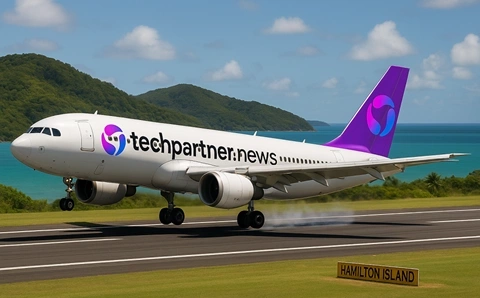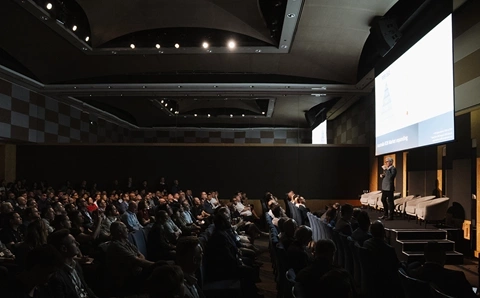In recent months, national governments in Singapore, Australia and New Zealand have announced significant policy interventions designed to promote FTTH investment, in all cases large commitments of funding will come from taxpayers.
David Kennedy, research director at Ovum told CRN the cost of a national FTTH network is prohibitive outside city-states like Singapore, and even there a substantial public subsidy was required.
"As a result, 'commercial returns' to public investment in FTTH networks will not be possible. If they were possible, then private capital would already be building this network," he said.
"There is real uncertainty about the viability of national-scale FTTH networks in environments such as Australia and New Zealand.
"In neither country has a detailed business case been worked out, and it remains to be seen whether these networks can be delivered as currently proposed."
He said the real uncertainties revolve, not around the technology, but around the business and regulatory models for FTTH, which are interrelated.
The key lesson that has emerged from these initiatives is the importance of a thorough policy development process to underpin commercial investment in FTTH networks.
Singapore ran a time-consuming but structured process which ensured that commercial and regulatory issues were addressed before tender bids were solicited. New Zealand is also pursuing this structured approach.
In contrast, the Australian government pressed ahead with an FTTN tender process in advance of any public policy development process, and paid a heavy price as the process was aborted in April 2009.
The jump to a full FTTH network will only make the issues harder, because a host of complex regulatory issues must be addressed.
"FTTH will work in the denser cities and smaller communities, but not in very low density and remote areas," said Kennedy.
"The Australian Government's target of 90 percent of homes can be reached, but this will push up the cost considerably (for example, NZ is only committed to a reach of 75 percent).
"Major use of wireless broadband will be necessary to get to the last 10 percent, and it's possible that it will prove necessary to reduce the FTTH footprint and use more wireless once the detailed technical and commercial planning is done."
Kennedy said some regional areas broadband connection would improve.
"Copper links can carry broadband only about 5km from an exchange," he said.
"Fibre links can carry broadband over much longer distances, while in areas further than five kilometres from exchanges where fibre replaces copper, service levels will improve.
"But it is more likely that such areas will be served by wireless anyway and in wireless areas service will improve, but it won't be as fast or reliable as FTTH."
The 'wholesale-only' model preferred by the Australian and New Zealand governments is still an experimental approach, said Kennedy.
"Incumbent profit and growth have been hit hard by the strict structural separation applied in the UK and New Zealand, and it is still not clear whether incumbents placed in these dire straits will be able to afford to make major investments in FTTH networks," he said.
"Australia and New Zealand are characterised by sprawling low-density suburbs.
"To make matters worse, both governments envisage public contribution in the form of commercial investments, not the grants being offered in Singapore."




_(11).jpg&h=142&w=230&c=1&s=1)






.jpg&w=100&c=1&s=0)
_(8).jpg&w=100&c=1&s=0)









